For many of us, bread is an essential
constituent of our daily diet. In fact, some people can’t even begin
their day without a yummy slice of bread. For those people, the weekly
shopping cart isn't complete without a loaf of bread or two. We always
intend to get the healthiest and tastiest bread, but the bakery aisle of
the supermarket can be quite overwhelming with its innumerable
varieties of bread – from Whole Wheat Bread to Gluten-Free Bread. In
order for you to pick the healthiest bread, though, you must keep a few
things in mind.
Health experts recommend opting for bread
that is high in fiber and low in refined carbs and sugar. However, there
are many other things you should be wary of while scouring the bread
aisle in your local grocery store. Here are 6 common bread-buying
mistakes which should, most certainly, be avoided.
1. “All-Natural” isn’t always a good thing
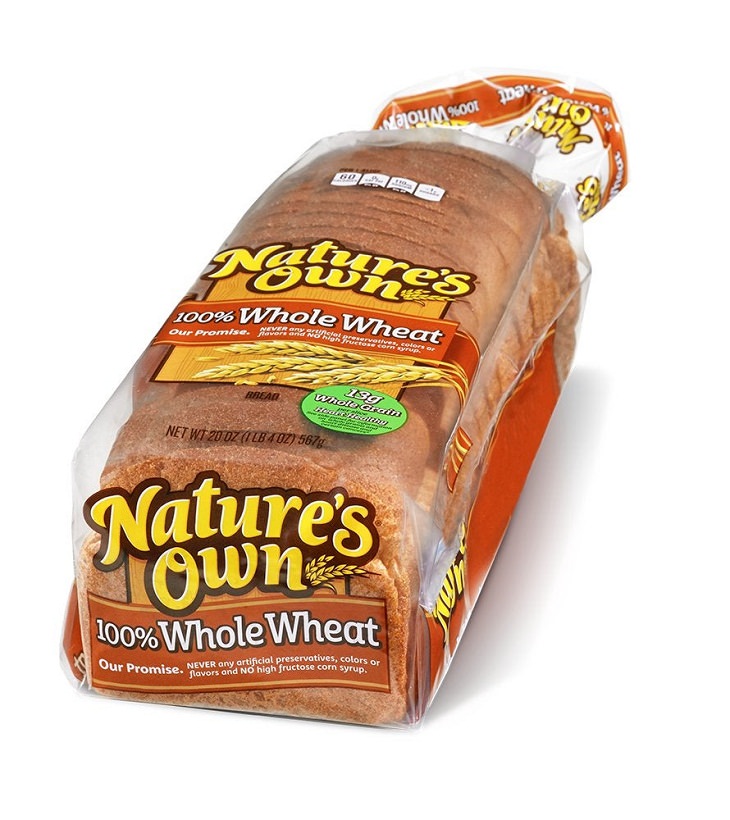
Seeing the words “All-Natural” highlighted in bold could mislead you to
believe that this is the healthiest option for you, but don’t get too
excited. Unfortunately, those words don’t mean much. Most bread brands
still use enriched white flour, along with sugar and other additives,
even in the so-called all-natural products.
So, before you add any bread to your shopping cart, make sure to check
the label thoroughly and decide if it’s really as “natural” or “organic”
as it claims to be. Any bread with whole wheat flour and no sugar would
be a much better alternative.
2. Not checking for hidden sugar
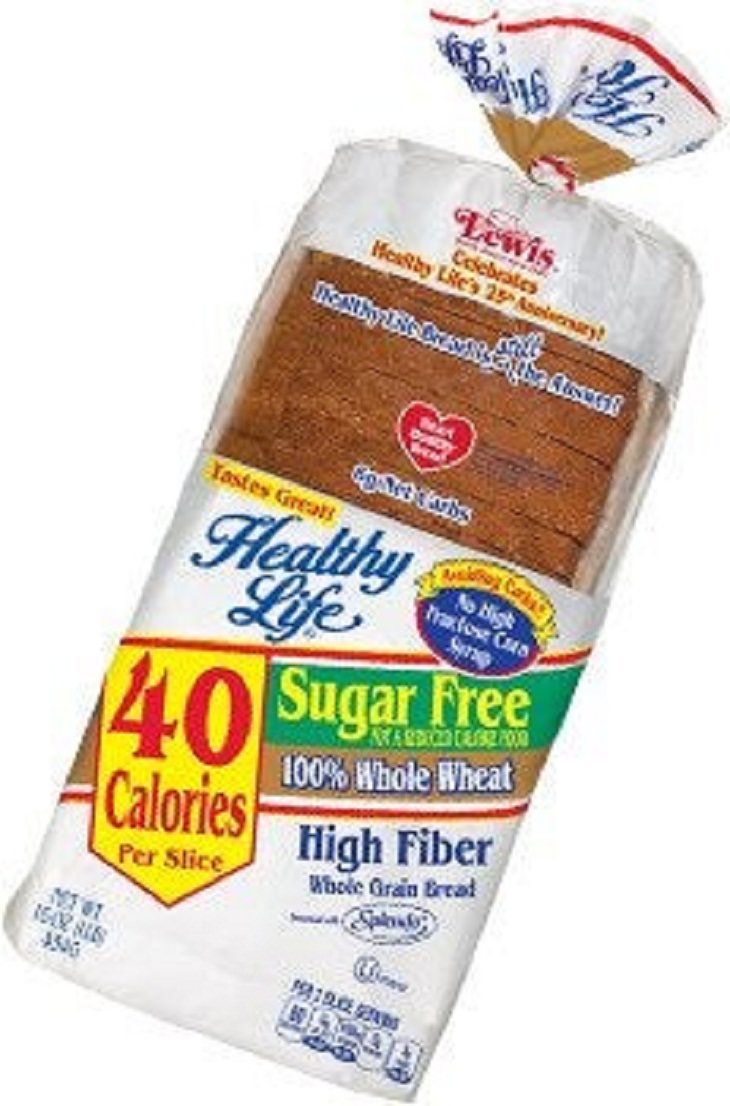
Make it a point to check the label on the bread before buying it. Many
of the “healthiest” brands of bread contain added sugar, and by
consuming them, you might end up unknowingly increasing your daily sugar
intake. While a pinch of sugar is needed to activate the yeast while
making bread, it shouldn’t be overloaded with it.
Also, sugar is added sometimes to help the bread retain moisture and
taste a little sweeter. But that wouldn’t go well with everyone. Look
for words like ‘cane juice’, ‘corn syrup’, and even ‘honey’ on the bread
label because sometimes, it won’t be labeled as ‘sugar’ directly.
3. You forget to look at the serving size
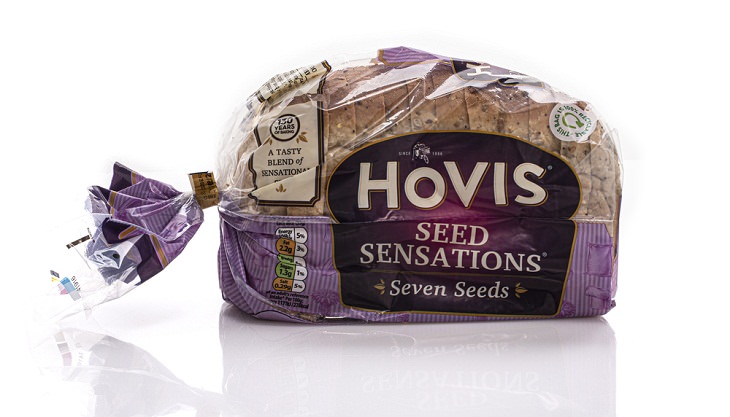
We have already stressed that it’s important to take a proper look at
the food label before you buy bread. Another important point worth
noting on the bread label is the serving size. You will find that the
calories per serving often differ from one bread loaf to the other.
For example, one bread might have 180 calories per serving while the
other one might have 50 calories. The one with 180 calories might be
ideal for two wholesome and hearty slices while the one with 50 calories
could make for a thin slice that won’t make you feel full, so serving
sizes can be misleading.
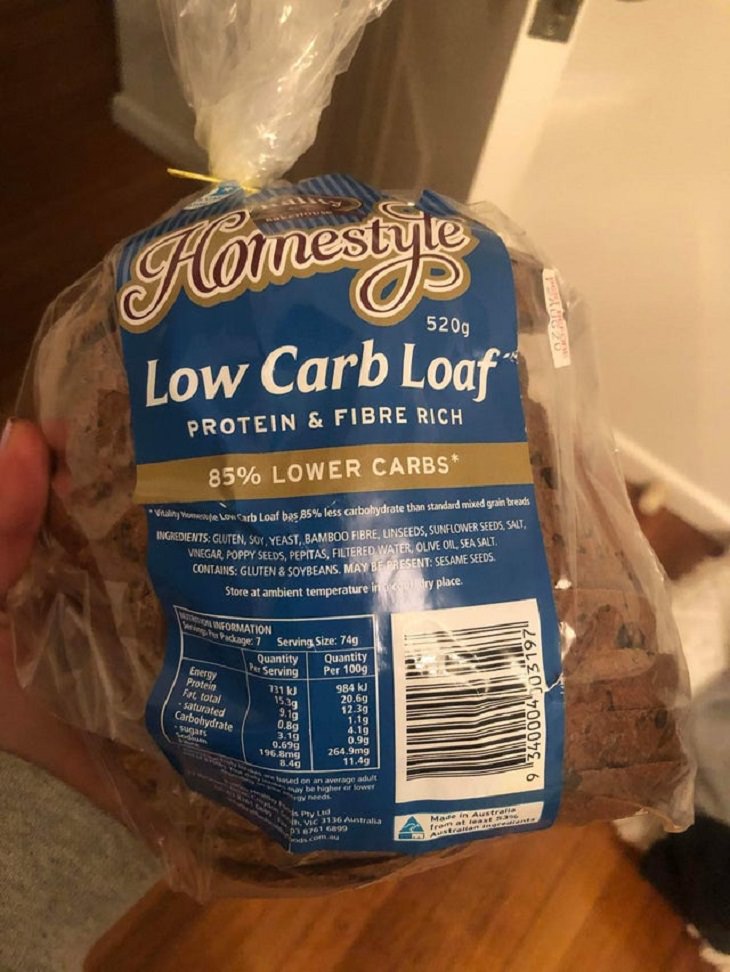
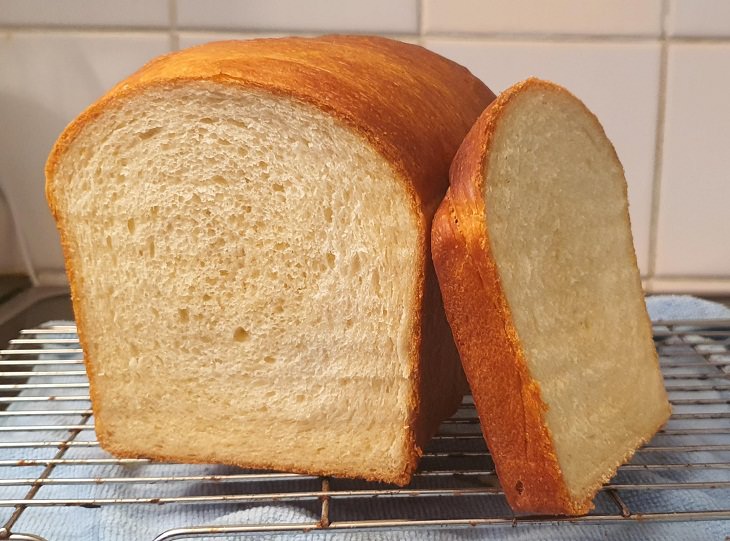
4. You're buying bread with too many
additives

Any bread that’s been forcibly kept fresh through additives isn’t really
fresh bread, even if the brand is claiming that it is. Most bread
brands use additives in their products to either enhance the flavor or
to give them a more desirable appearance. You should always look for
truly fresh bread and not the kind that's packed with additives.
Here, it is important to note that the laws in most countries require
additives in food products to be safe for human consumption. Not all
additives are artificial or harmful. Still, try and avoid buying bread
with a really long ingredients list. Basically, you should keep away
from any loaf that contains a whole cocktail of ingredients other than
wheat flour, water, yeast, and salt. It generally means that the bread
lacks nutritional value and is loaded with additives.
5. Ignoring the salt 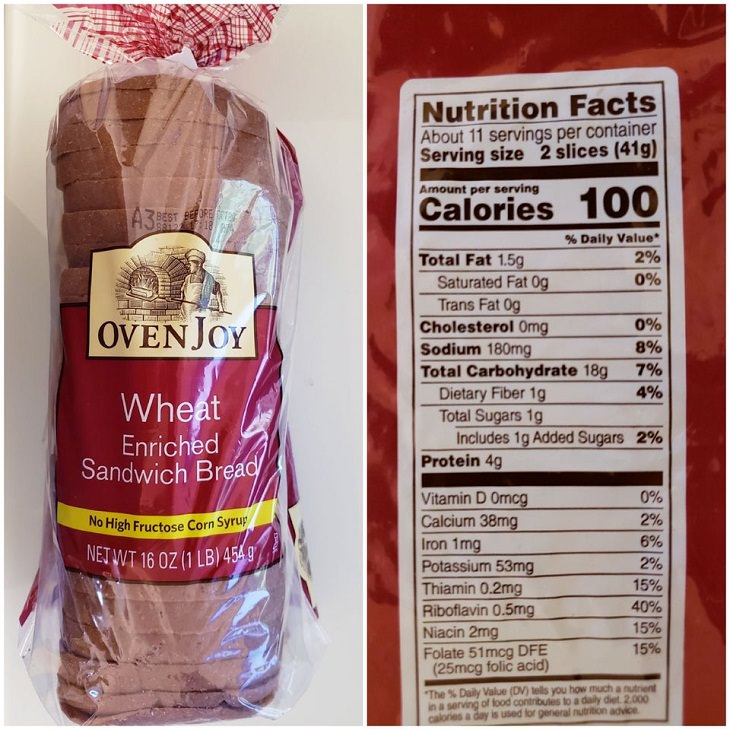

Much like sugar, you should also keep an eye out for hidden salt.
Sometimes, brands tend to add more salt as either a preservative or a
way to enhance the bread’s flavor. While our body does need some salt,
we should still monitor our sodium intake. Too much salt, in any form,
can be harmful.
So, check the sodium per serving in the bread before buying it. Any
bread with less than 150 mg of sodium per serving is safe enough for
most people. Any more than that could be excessive. Health authorities
recommend between 1,500 mg (1.5 grams) and 2,300 mg (2.3 grams) of
sodium per day for optimal heart health.
6. White wheat bread isn’t necessarily a wholesome choice

If you come across a bread packet with the words "white wheat" on it,
don’t assume that it's healthy. White wheat isn’t necessarily a healthy
option unless it’s been made with white whole wheat flour or some other
source of whole grains. Otherwise, the bread will be short of the vital
nutrients found in traditional whole wheat bread.
White whole-wheat bread is good for those who want the taste and texture
of white bread but prefer the nutritional advantages of whole wheat.
But the label must say "100% whole grain" or list "whole wheat" as the
first ingredient. If the label just says "white wheat" but doesn’t
mention "whole" first, then it isn't a whole-grain product. Just
remember: "white wheat" isn’t the same as white whole wheat.